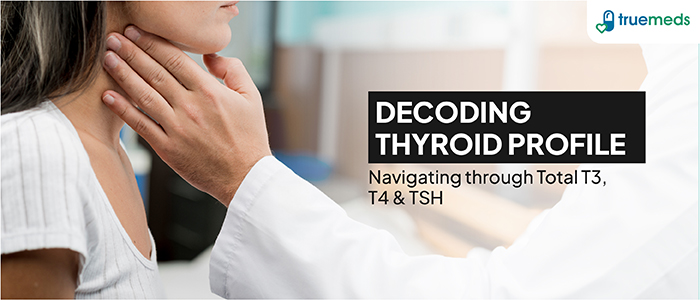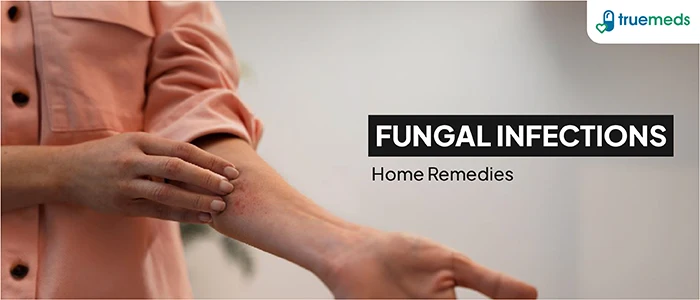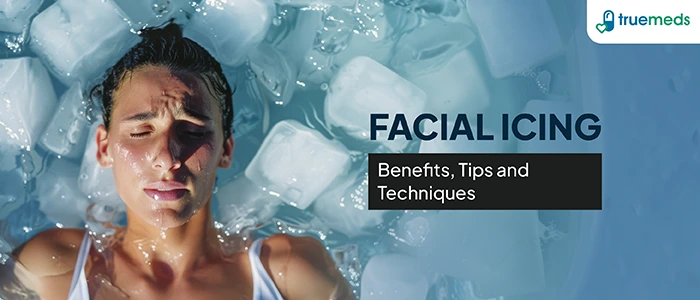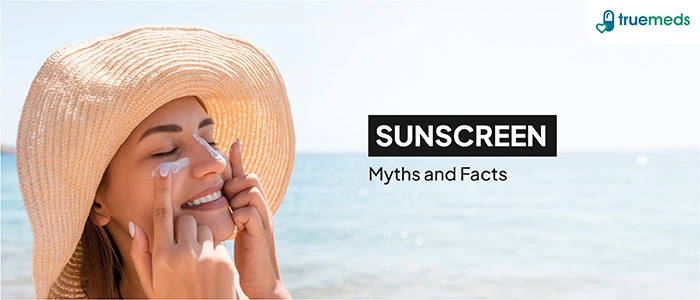Category: Health Conditions
-

Essential First Aid Kit For Toothache: Must-Have Items
Toothaches are a common yet highly distressing aspect of dental health. The sudden onset of tooth pain can disrupt your daily routine, making even simple tasks like eating and drinking a challenge. This guide offers essential first-aid measures and items to provide temporary relief from tooth pain, but it is crucial to understand that these…
-

17 Best Foods to Support Recovery from Cough and Cold Naturally
Are you struggling with a cough or cold? These common ailments can make you feel uncomfortable, especially during the monsoon and winter when immunity may be stressed. The right foods can offer symptomatic relief, support your immune system, and complement recovery. Incorporating nutrient-dense, warm, and hydrating foods is a key part of self-care during illness.…
-

Stabbing Pain in the Left Side Under Ribs: Common Causes and Effective Solutions
It might catch you off guard—a sudden, sharp pain on the left side under your ribs that stops you in your tracks. While this sensation can be alarming, it often has common and treatable causes. The rib cage protects some of the body’s most crucial organs, including the heart, lungs, stomach, spleen, and pancreas. Therefore,…
-

Understanding Thyroid Profile: Total T3, T4 & TSH
Your body is a complex machine where every organ plays a pivotal role. Among them, the thyroid gland holds unique importance. This small, butterfly-shaped organ located at the base of your neck is responsible for regulating various functions in your body, like metabolism, growth, and overall energy levels. It does this through the production of…
-

10 Evidence-Based Benefits of Aloe Vera for Face and Skin
Aloe vera, a popular succulent plant, is widely appreciated not only for its ornamental value but also for its traditional and scientifically studied use in skincare and wellness routines. With over 75 potentially active constituents, including a rich mix of vitamins (A, C, E, B12), enzymes, minerals, sugars, lignin, saponins, salicylic acids, and amino acids,…
-

The Ultimate Guide to Managing Open Pores: From Its Causes to Treatment
Pores are natural, microscopic openings in the skin that release oil (sebum) and sweat. When these pores appear larger or more prominent, they are commonly referred to as enlarged pores. They are most visible in areas with a higher density of sebaceous glands, such as the nose, forehead, and cheeks [1]. While you cannot permanently…
-

17 Simple Home Remedies For Fungal Infections
Itchy skin, cracked nails, or unusual discomfort? These could be signs of a fungal infection. Fungi are tiny organisms that can live on our skin, nails, mouth, or even inside the body. Fungal infections are medically known as mycoses [1]. Depending on the site and depth, infections may be categorised as: Superficial – affecting the…
-

The Ultimate Guide to Facial Icing: Benefits for Radiant Skin
Facial icing, also known as cryotherapy or skin icing, has gained popularity in recent years due to its ability to refresh and revive the skin. This easy-to-use yet efficient method involves using ice or ice-cold items on the face to provide a variety of cosmetic and circulatory effects. This comprehensive guide will cover the definition…
-

Skin Problems in Monsoon
During the monsoon, the high humidity and dampness create a unique environment that challenges skin health. This change in weather often leads to a surge in conditions like fungal infections, acne, and rashes. The moisture allows bacteria and fungi to thrive, making diligent skincare essential. While those with oily skin may experience increased greasiness, dry…
-

Sunscreen Myths vs. Facts: Debunking Common Misconceptions
Let’s learn about the common myths surrounding UV radiation, uncover the facts, and address frequently asked questions on this topic to help you understand the true essence of sun protection. This guide, informed by clinical data, will clarify the meaning of SPF (Sun Protection Factor) and detail correct application techniques to integrate sunscreen as an…